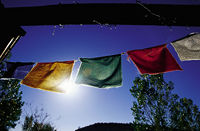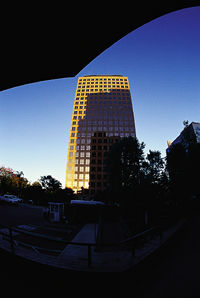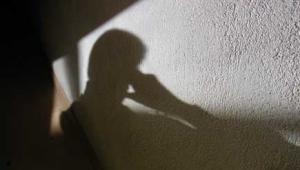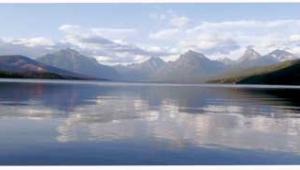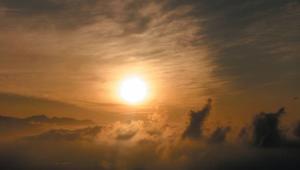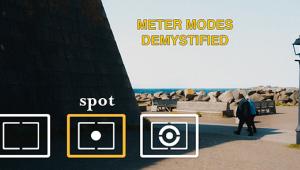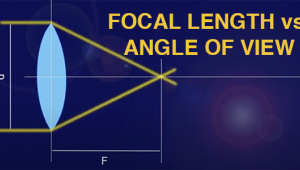Photographic Super Course: The Art of Seeing Page 2
| It Starts with Light Three main non-technical ingredients determine the success of a photograph: the subject, the lighting and the composition. Of these, perhaps the most important is the lighting. A wonderful subject can look not-so-wonderful in bad lighting, and a wonderful composition can be dull if the lighting is dull. But even a so-so subject dully composed can grab the viewer if the light is great. This is not to encourage dully composed images of beautifully lit so-so subjects, of course. It's just to emphasize the importance of light to the photograph. The four main lighting considerations are direction, quality, color and quantity. The direction of the light determines the "look" of the picture: It establishes where the highlights and shadows fall. Light coming from directly in front of the subject shows lots of detail, because nothing is hidden in shadow. But the flat, two-dimensional look it produces is not terribly exciting. Backlighting is more dramatic. Since the main light source is behind the subject, long shadows are cast toward the camera. Translucent subjects such as leaves seem to glow from within. Solid objects feature a glowing fringe of light around their edges. Subjects with readily identifiable shapes can be silhouetted against a bright, colorful sunset or sunrise. Of course, you have to deal with lens flare. If the light source is out of frame, a lens hood should eliminate most flare. If the light source does appear in the frame, use it as a design element (if the light source appears in the frame, it's best to shoot with a wide-angle lens so the light source and flare don't overpower the image). Sidelighting is also dramatic, emphasizing the subject's three-dimensional form and texture. But detail in the shadow portions will be lost unless you use fill-flash or a reflector to add light to the shadow areas. Quality of light refers to its harshness or softness. Harsh light is produced by light sources that are small relative to the size of the subject—direct sun (while huge, the sun is so far away that its size relative to a nearby subject here on Earth is quite small—about equivalent to a one-inch-diameter light source nine feet from the subject) and direct electronic flash are the two most common examples. Harsh lighting creates brilliant highlights and deep shadows, and is great for scenic photography and "manly" portraits. Soft lighting is produced by light sources that are large relative to the size of the subject—a thin overcast (which turns to whole sky into a single huge light source) and photographic umbrella reflectors are common examples. Soft lighting is great for female portraits and flower close-ups, where harsh highlights and shadows would be unattractive. Most color film is balanced for "daylight" illumination. Photographic daylight (color temperature 5400 K) is a mix of yellowish light from the sun and bluish light from the sky. If you photograph a subject outdoors around noon, the colors will look "right." If you photograph the subject early or late in the day, when the low-angle sun's rays travel through more of the atmosphere (and thus "lose" more short blue wavelengths to atmospheric scattering and absorption), the colors will look "warm" (orange). If you photograph the subject in open shade, where it is lit only by blue light from the sky, it will look "cool" (blue). You can put this to use in your photos: Colorful sunrises and sunsets (especially when the atmosphere isn't crystal-clear—particulate matter in the air causes stronger colors), alpenglow (the pinkish to reddish cast clouds and mountaintops take on just before sunrise or just after sunset), and contrasts between lit and shaded areas all lend themselves to interesting photos. The quantity of the light doesn't have a direct impact on the look of the photo, but it does dictate what shutter speeds and apertures you can use for a shot (which, in turn, control the degree of sharpness or blur in action shots, and the amount of depth of field), and the speed of the film needed to shoot (lower light levels require faster, grainier films). |
- Log in or register to post comments
